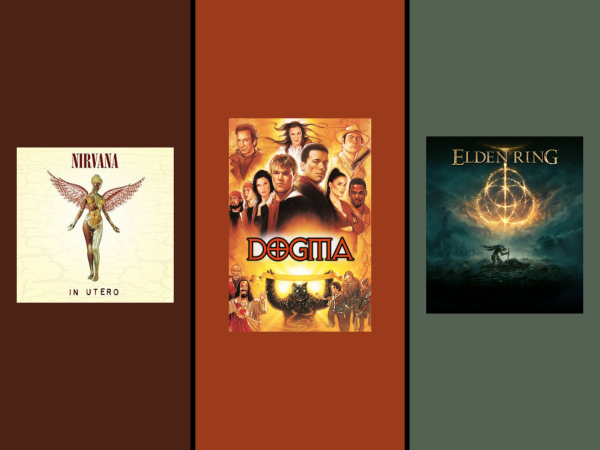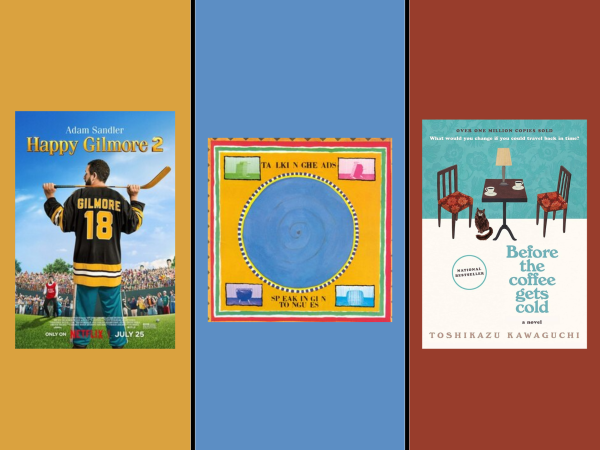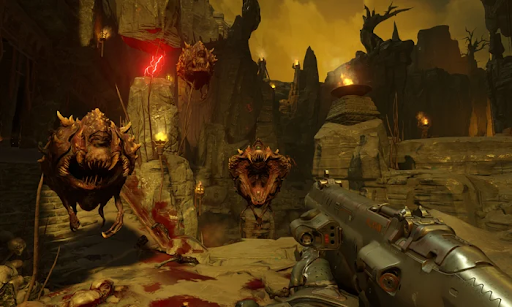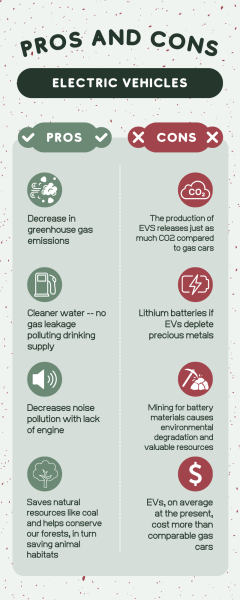Why you should play: “The Binding of Isaac”
 In the modern day video game market, it feels like everything is oversaturated by low rate titles, remasters, and remakes. This is why most gamers turn to indie titles, AKA: games that aren’t made by big name publishers like Nintendo and Microsoft. These indie titles are usually cheaper, more interesting, and are more publicly available than main line titles. One of the most iconic titles in indie gaming is “The Binding of Isaac” a rogue-like, action-adventure game. But what is rogue-like? The “rogue-like” genre of the game normally refers to a permanent death, role-playing, randomly generated experience that normally takes hundreds of hours to fully complete. To break down this word vomit, I’ll explain what those 3 terms mean. “Permanent death” means that if you lose, “die”, then you can’t just restart where you left off and have to play through all the levels that you just went through.“Role-playing” is a lot more simple to explain if it doesn’t explain itself. The term means that you don’t just play as yourself and instead play as some “hero” or just some basic protagonist. Thirdly, “randomly generated” means that your game won’t be exactly like everyone else’s and that the setting of the game is made by a program that has a certain command or “seed” that determines that layout of the setting. However, this program can only choose from certain tools like layouts of rooms and other variables that are explained later in this article. Tl;dr, the game has altering layouts, but not complete AI generation.
In the modern day video game market, it feels like everything is oversaturated by low rate titles, remasters, and remakes. This is why most gamers turn to indie titles, AKA: games that aren’t made by big name publishers like Nintendo and Microsoft. These indie titles are usually cheaper, more interesting, and are more publicly available than main line titles. One of the most iconic titles in indie gaming is “The Binding of Isaac” a rogue-like, action-adventure game. But what is rogue-like? The “rogue-like” genre of the game normally refers to a permanent death, role-playing, randomly generated experience that normally takes hundreds of hours to fully complete. To break down this word vomit, I’ll explain what those 3 terms mean. “Permanent death” means that if you lose, “die”, then you can’t just restart where you left off and have to play through all the levels that you just went through.“Role-playing” is a lot more simple to explain if it doesn’t explain itself. The term means that you don’t just play as yourself and instead play as some “hero” or just some basic protagonist. Thirdly, “randomly generated” means that your game won’t be exactly like everyone else’s and that the setting of the game is made by a program that has a certain command or “seed” that determines that layout of the setting. However, this program can only choose from certain tools like layouts of rooms and other variables that are explained later in this article. Tl;dr, the game has altering layouts, but not complete AI generation.
The Binding of Isaac is played like the old school, top down Zelda games whilst having unique mechanics and a story that hits like a semi-truck when you pick up on what it symbolizes. Over the course of a “run” or gameplay segment you will traverse many different floors, or the game’s version of levels, with varying levels of difficulty and varying themes. The goal of the game is to reach one of the game’s multiple endings that you will unlock as you play further. For an example of a floor, my personal favorite is the alt path floor ( a thing we’ll talk about in a bit) “the mines”. This floor is a mineshaft with enemies that normally have something to do with rocks or mining like the “coal boy” enemy or “mole” enemy. This is shown with every puzzle, boss, and mechanic in not just this floor, but with the other floor’s themes as well. To name a few others, there are the caves, downpour :aka the sewers, and the mausoleum. Further in the game you will come across the more creepy and, somewhat, disgusting floors like the corpse, womb, and void. The corpse contains what you would expect from a corpse, rotting flesh based enemies and bosses like the boss “rotgut” or the enemy “rotten gaper”. The womb contains enemies based on human organs like the heart or tumor based enemies. And finally, the void contains a combination of past floors that you’ve probably visited throughout the game.
Like its top down, Legend of Zelda predecessors, the game has many different types of passive and active items. A passive item is an item that just works without you using it directly and an active item is an item that you can use directly with a push of a button. Other similarities with the Binding of Isaac (TBOI) and Legend of Zelda (LOZ) is that they both have a variety of pickups and consumables. Pickups will grant you its respective increase of health, bombs, keys, etc if walked into whilst consumables are like pickups but you have to do a little more with the menus instead of just walking into them . The three pickups I mentioned beforehand are in both games but TBOI has its own fair share of unique pickups as well. Soul hearts, black hearts, eternal hearts, bone hearts, gold hearts, and rotten hearts will either replace or add health with whatever feature they produce. For instance, eternal hearts will cling on to your normal hearts until it gets attacked directly. If you leave the floor with one on your health bar then your health increases by 1 the next floor. Other heart types have their own attributes and weaknesses that if I explained them all now, this article would be way too long.
Personally, I play this game 24/7 and I think the game’s smaller flaws, like the difficulty curve that comes kind of out of nowhere if you don’t see it coming, and a few smaller other things are made up with its huge benefits like the mechanics that each floor brings to the table and the combinations of passive items that make the game way more fun to explore and more creative than something like “The legend of zelda: Link’s awakening” which does not have synergies or the intuitive gameplay that Isaac has that makes me spend hours at a time just messing around with different combinations and going through the different floors with said combinations.
The Binding of Isaac is a game for anyone who has a lot of time on their hands and an itch for a good roguelike or just a fun game in general and I suggest you give it a wholehearted try.
Your donation will promote student journalism at Hen Hud.

He is a 4th year and joined the anchor in his first year. Writes for the Art/Entertainment section because he loves the persona series, the band Gorillaz,...











